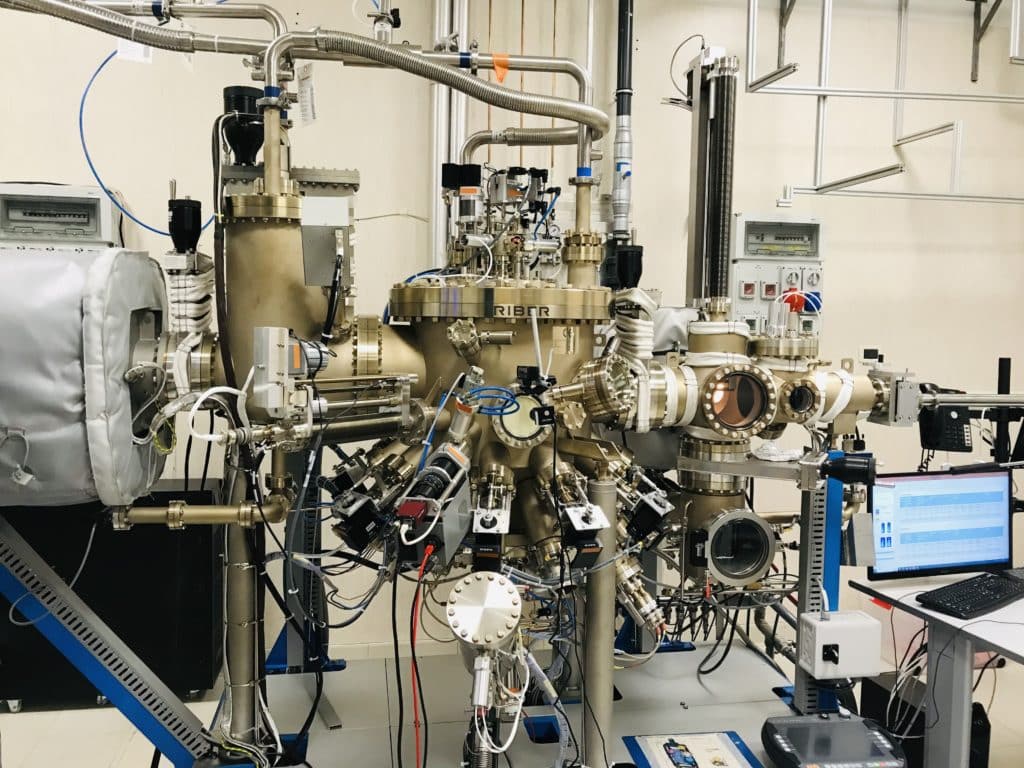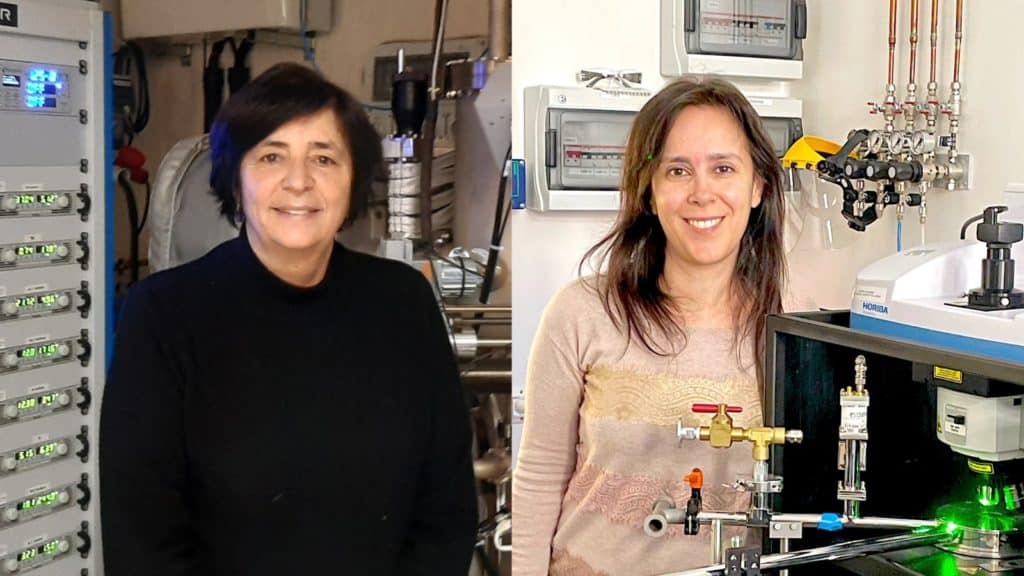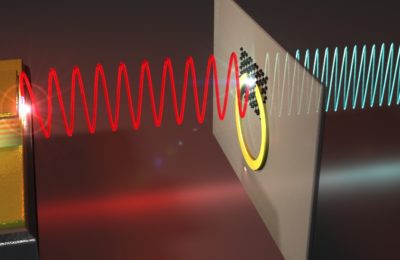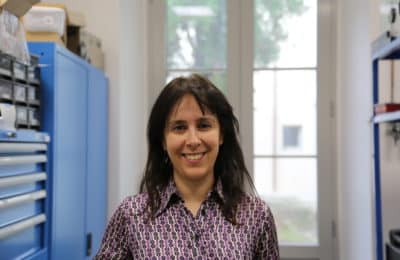The Institute of Nanoscience of CNR (Cnr Nano) in Pisa has achieved the first quantum cascade laser entirely designed, developed, and optimized in Italy. The ‘heart’ of the laser is composed of over 2000 layers of nanometric semiconductor material, resulting from the collaboration between the research group led by Lucia Sorba, an expert in nanostructure growth, and the team of Miriam Serena Vitiello, an expert in the development of terahertz frequency devices.
Quantum cascade lasers stand out for their compactness, efficiency, and versatility. They emit radiation at wavelengths in the far-infrared region with extreme precision, making them uniquely capable of detecting gases and other molecules with applications in environmental monitoring, industrial process control, and medical diagnostics.
However, it is an advanced technology that requires complex design and assembly at the nanoscale, to build up tailor-made quantum materials. “In nature, suitable semiconductors for far-infrared lasers simply do not exist, and it is necessary to create artificial materials,” explains Vitiello.
To tackle this technological challenge, both researchers, who are leaders in their field internationally, have leveraged the most advanced technologies for the ultra-precise growth of semiconductor materials. In particular, they exploited the sophisticated technique of Molecular Beam Epitaxy (MBE), installed at Cnr Nano within the Nest laboratory of the Scuola Normale Superiore, as part of the Cnr’s PASCQUA research infrastructure.

“Our laboratories’ MBE instrumentation and advanced quantum design and nanofabrication technologies provide precise control over the thickness and composition of each individual material layer, enabling the construction of a semiconductor with about 2000 layers”, explains Vitiello.
The material was then engineered into a quantum cascade laser that emits in the far-infrared, specifically in the terahertz frequencies. The entire set of technologies optimized to obtain these devices is unique in Italy.
The ability to create ‘in-house’ the core of the quantum cascade laser, a process previously delegated to other European laboratories, represents a significant technological advantage for the researchers at Cnr Nano. They will be able to develop terahertz frequency quantum cascade lasers entirely autonomously, study them to enhance their performance, and explore their many important implications in various sectors, such as biomedicine, tumor diagnostics, wireless communications, and quantum technologies.
“Managing the entire process, from design to material growth and their engineering into highly efficient laser devices, is an important milestone that demonstrates the excellence of research conducted at Cnr Nano and the ability to master technological challenges,” comments Lucia Sorba.




